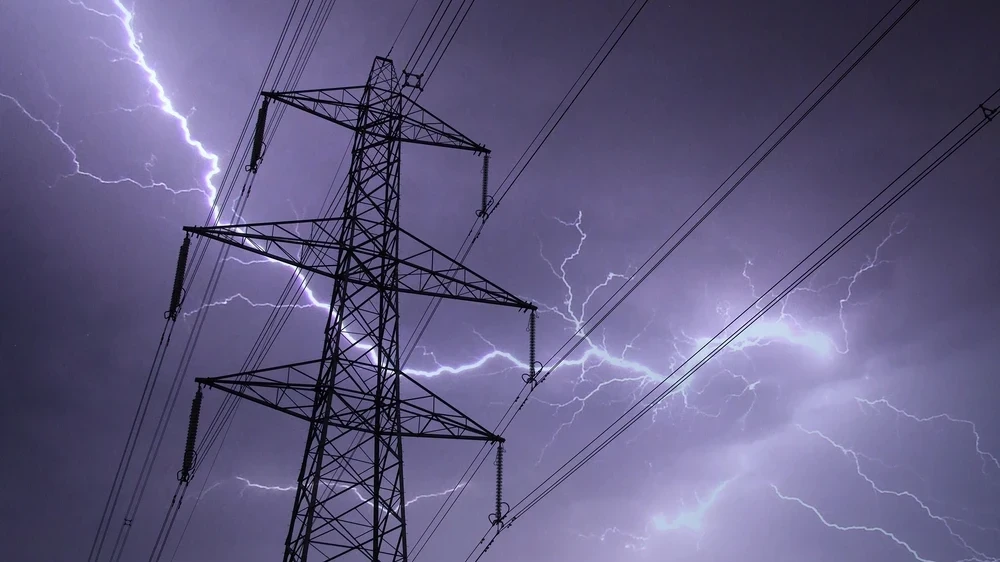Driven by a surge of energy, the page you're looking for has been moved...
You can either return to the home page, consult our news or use the site search engine.

You can either return to the home page, consult our news or use the site search engine.